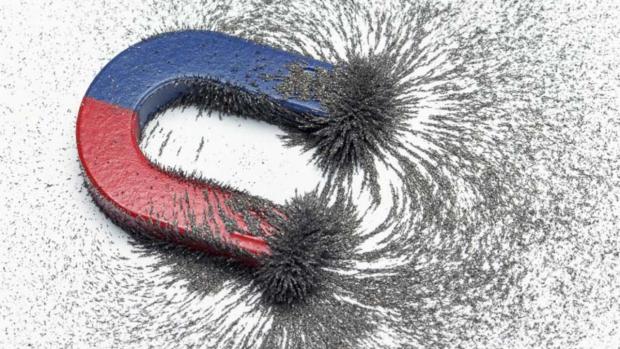
Breaking News
We Americans Need to Dig Deep into Historical Perspective
 A timeless clip of Michael Burry explaining how he used credit default swaps...
A timeless clip of Michael Burry explaining how he used credit default swaps...
 The next financial crisis won't start in a bank lobby. It's already brewing in the market
The next financial crisis won't start in a bank lobby. It's already brewing in the market
Top Tech News
 This tiny dev board is packed with features for ambitious makers
This tiny dev board is packed with features for ambitious makers
 Scientists Discover Gel to Regrow Tooth Enamel
Scientists Discover Gel to Regrow Tooth Enamel
 Vitamin C and Dandelion Root Killing Cancer Cells -- as Former CDC Director Calls for COVID-19...
Vitamin C and Dandelion Root Killing Cancer Cells -- as Former CDC Director Calls for COVID-19...
 Galactic Brain: US firm plans space-based data centers, power grid to challenge China
Galactic Brain: US firm plans space-based data centers, power grid to challenge China
 A microbial cleanup for glyphosate just earned a patent. Here's why that matters
A microbial cleanup for glyphosate just earned a patent. Here's why that matters
 Japan Breaks Internet Speed Record with 5 Million Times Faster Data Transfer
Japan Breaks Internet Speed Record with 5 Million Times Faster Data Transfer
 Advanced Propulsion Resources Part 1 of 2
Advanced Propulsion Resources Part 1 of 2
 PulsarFusion a forward-thinking UK aerospace company, is pushing the boundaries of space travel...
PulsarFusion a forward-thinking UK aerospace company, is pushing the boundaries of space travel...
 Dinky little laser box throws big-screen entertainment from inches away
Dinky little laser box throws big-screen entertainment from inches away
 'World's first' sodium-ion flashlight shines bright even at -40 ºF
'World's first' sodium-ion flashlight shines bright even at -40 ºF
Scientists discover strange new form of magnetism

The most commonly known form of magnetism – the kind that sticks stuff to your fridge – is what's called ferromagnetism, which arises when the spins of all the electrons in a material point in the same direction. But there are other forms such as paramagnetism, a weaker version that occurs when the electron spins point in random directions.
In the new study, the ETH scientists discovered a strange new form of magnetism. The researchers were exploring the magnetic properties of moiré materials, experimental materials made by stacking two-dimensional sheets of molybdenum diselenide and tungsten disulfide. These materials have a lattice structure that can contain electrons.
To find out what type of magnetism these moiré materials possessed, the team first "poured" electrons into them by applying an electrical current and steadily increasing the voltage. Then, to measure its magnetism, they shone a laser at the material and measured how strongly that light was reflected for different polarizations, which can reveal whether the electron spins point in the same direction (indicating ferromagnetism) or random directions (for paramagnetism).
Initially the material exhibited paramagnetism, but as the team added more electrons to the lattice it showed a sudden and unexpected shift, becoming ferromagnetic. Intriguingly, this shift occurred exactly when the lattice filled up past one electron per lattice site, which ruled out the exchange interaction – the usual mechanism that drives ferromagnetism.
"That was striking evidence for a new type of magnetism that cannot be explained by the exchange interaction," said Ataç Imamo?lu, lead author of the study.

 The AI money machine!
The AI money machine!

